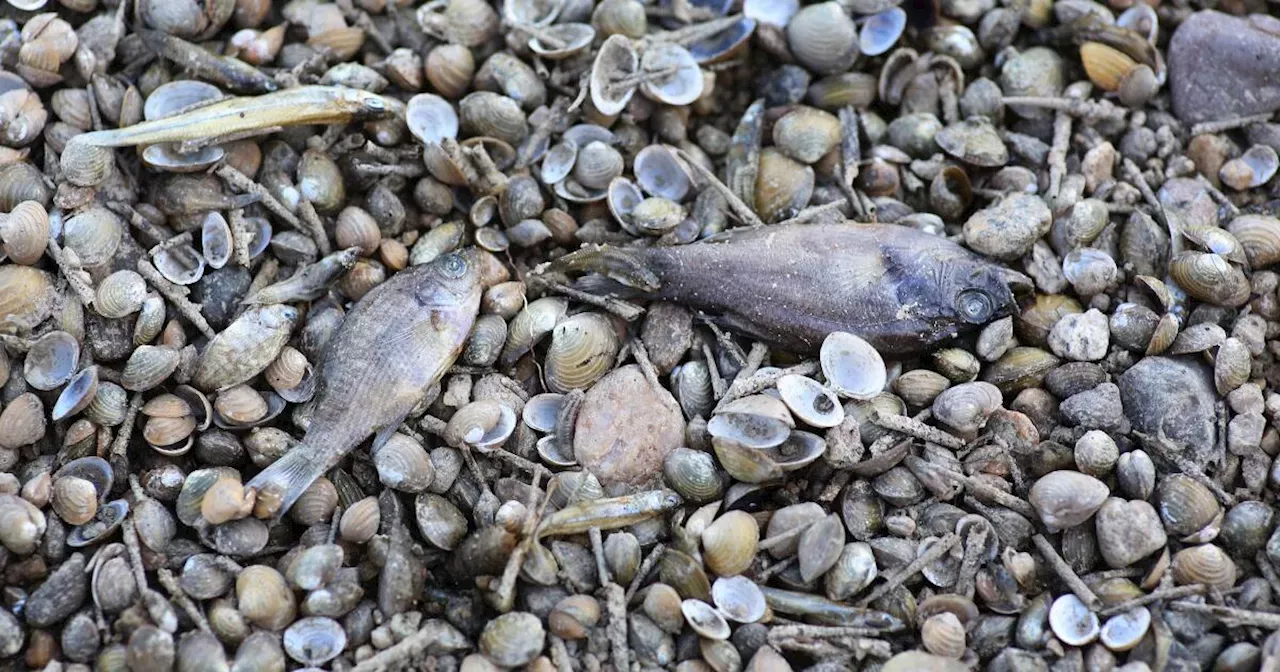Two watershed groups, provincial officials and staff from the P.E.I.
Invasive Species Council were hard at work at the Beach Grove Natural Area in Charlottetown recently, pulling up Himalayan balsam. They pulled up almost a tonne of the plant. It was an effort to get the plant under control in Beach Grove, said Clay Cutting, invasive species technician with the P.

E.I. Invasive Species Council.
"It's a very pretty flower, it has a very fleshy stem, and it spreads very quickly," said Cutting. The tonne of removed material was about three quarters of what was in the area. Time ran out on the weekend project, he said.
Now is a good time to be digging up Himalayan balsam, says Clay Cutting. (Ken Linton/CBC) Himalayan balsam came to P.E.
I. as an ornamental plant, and it is still available in garden centres. It's attractive and easy to grow.
But that ease also makes it problematic as an invasive species. A single plant can produce up to 2,500 seeds a year. Those seeds spread in an unusual way.
Pressure builds up in the seed pods as they mature and then they explode, firing seeds up to seven metres away from the parent plant. Even though the group didn't get all of it, Cutting said it was an important effort. Himalayan balsam has been popular in gardens for its attractive flowers.
(Shutterstock) "Gradually, it would continue to spread. It is a natural area, a provincially-managed natural area, so there's a lot of really beautiful native diversity, and especially for the Charlottetown area," said Cutting. "The Himalayan balsam would continue to become established in this site, taking up a lot of the habitat for native plants and not providing a significant source of food for the native wildlife.
" Beware of invasive plants, even in P.E.I.
garden centres, says council New invasive species brochure offers guided walk through Charlottetown's Victoria Park In addition to not being a good source of food for native animals, the plant likes to grow along streams, where it crowds out other plants. Because it is an annual the whole plant dies in the winter, including the roots, leaving the stream banks unstable and promoting erosion. Proper disposal If you do have it on your property and want to clear it, the best method it is to pull it up by the roots.
The roots are shallow, and it comes up relatively easily, said Cutting. Himalayan balsam grows in thick patches, crowding out native species (Shutterstock) "Place it into clear plastic bags, mark the bags invasive species, and you can just put those in your normal residential waste collection," he said. "The black bin, never in the green bin as composting can promote the spread of invasive species.
" Himalayan balsam is starting to go to seed at about this time, so best to get on top of it now, he said..



















